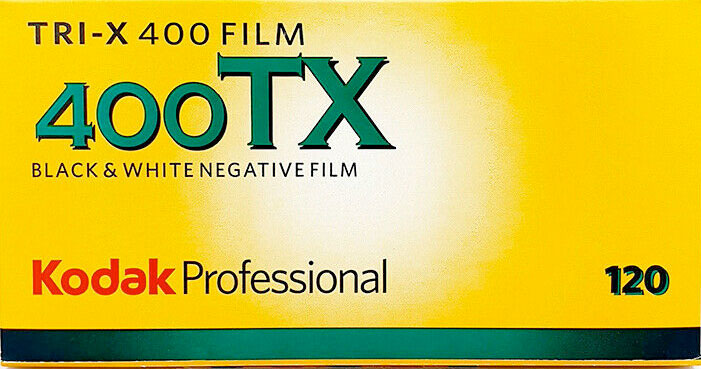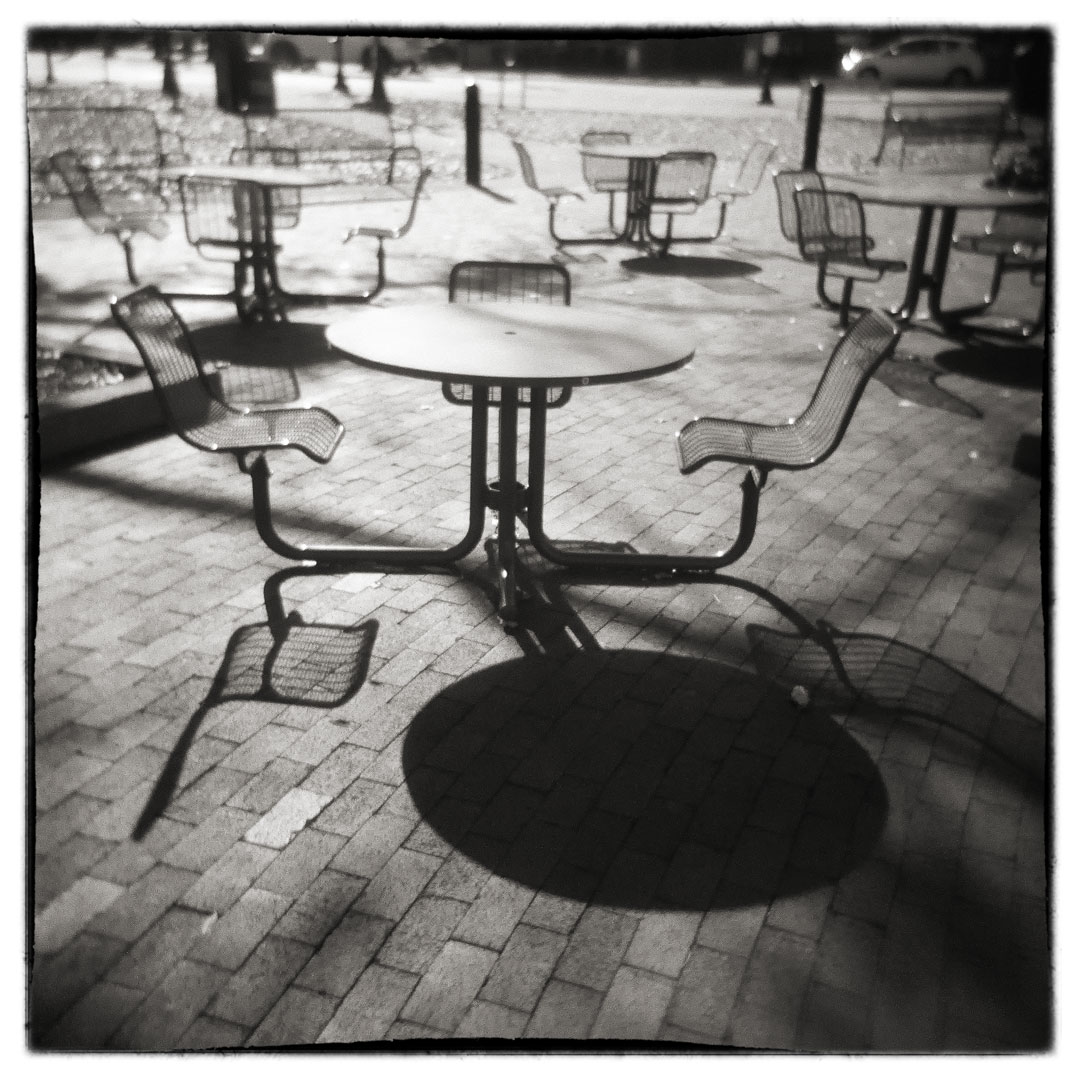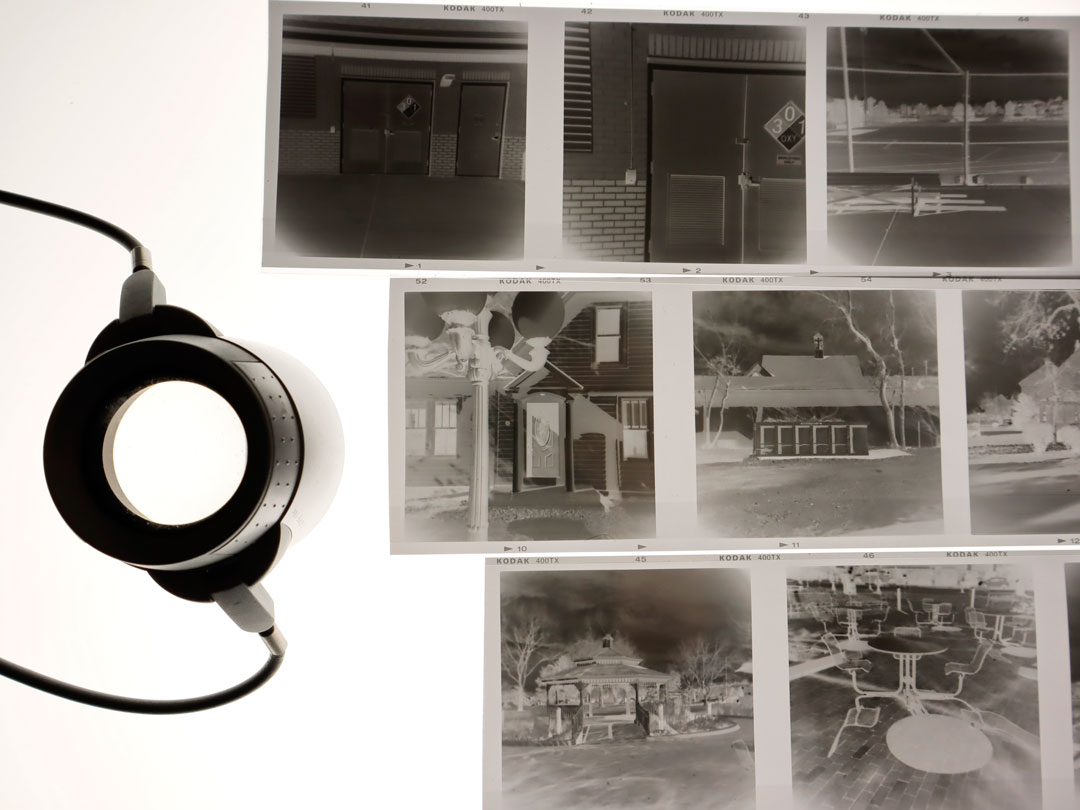On a personal note, when I posted one of my Holga photographs on social media from the photo walk that’s mentioned in this post, my wife, who normally likes almost all of my photographs, thought it was “weird.” And so it seems that Holga imagery is not for everyone, maybe even me.
Today’s Post by Joe Farace
“Photography is a way of feeling, of touching, of loving. What you have caught on film is captured forever… It remembers little things, long after you have forgotten everything.”— Aaron Siskind
Let me tell you a story…shooting the Holga remind me of the first assignment given to my Basic Photography class at the Maryland Institute, College of Art—Making Photograms. If you’re not familiar with the term, let me explain: A photogram is a photographic image that’s made without a camera by placing objects on the surface of photographic paper and then exposing it to light. This result is a negative shadow image showing variations in tone that depends upon the transparency of the objects being used.
Although I will admit that what some of my classmates produced was pretty impressive. My own efforts were marginal at best I didn’t enjoy this assignment because I didn’t think of it as having anything to do with photography, it was the “without a camera” part that got me.. I feel the same way about shooting with a low-tech Holga even though it is. theoretically a camera. Maybe it’s because I can’t escape all my years of education and work as an engineer. I admit to being fascinated by cameras especially the mechanical nature of film SLRs, especially the deliciously analog Nikon F4—my dream film camera. The Holga not so much but…
My feelings about shooting with Holgas aside, I don’t want to cast aspersions on the many photographers who play the Holga camera like it’s a Stradivarius. I have nothing but admiration for these talented creators.
Let’s Talk About Film First
 Tri-X is a classic black and white photographic film produced by Eastman Kodak Company and is currently distributed by Kodak Alaris. Tri-X film was introduced some time around 1940 and was originally available in sheets rated at ASA daylight 200 and tungsten 160. In 1954, it was released in 35mm and 120 roll film formats. When I got serious about photography back in the 1970’s, I remember shooting my first roll of Tri-X in 120 format using a Mamiya C-33 TLR and 80mm f/2.8 lens.
Tri-X is a classic black and white photographic film produced by Eastman Kodak Company and is currently distributed by Kodak Alaris. Tri-X film was introduced some time around 1940 and was originally available in sheets rated at ASA daylight 200 and tungsten 160. In 1954, it was released in 35mm and 120 roll film formats. When I got serious about photography back in the 1970’s, I remember shooting my first roll of Tri-X in 120 format using a Mamiya C-33 TLR and 80mm f/2.8 lens.
Tri-X is also available in 24- and 36-exposure 35 mm rolls as well as 50 and 100-foot 35mm bulk rolls. When processed in standard developers, Tri-X 400 is typically rated at ISO 400. You can push process Tri-X to a higher exposure index of EI 800 and it should produce good results, while further pushing to EI 1600 requires using highly diluted developers with little or no agitation along with extended development times.
 Over its long history, Tri-X has undergone a number of minor changes. The change from the ASA speed of 200 to 400 happened around 1960 but was, it was said, due to changes in the ISO standard rather than in the film emulsion itself. In 2007, Tri-X was re-engineered, receiving the designation 400TX instead of TX or TX400, and became finer-grained because of a reduction in the amount of silver in the film stock.
Over its long history, Tri-X has undergone a number of minor changes. The change from the ASA speed of 200 to 400 happened around 1960 but was, it was said, due to changes in the ISO standard rather than in the film emulsion itself. In 2007, Tri-X was re-engineered, receiving the designation 400TX instead of TX or TX400, and became finer-grained because of a reduction in the amount of silver in the film stock.
A Holga Photo Walk
For my photo walk, it was a sunny day straight off the Kodak data sheet with picture perfect Sunny 16 conditions when I loaded a roll of 120 Tri-X into a Holga 120N. The Holga has no ISO settings and who-knows-what the shutter speed is—some say it’s 1/100 sec. I focused the camera (as best I could) clicked the shutter and let The Darkroom do the rest. Their enhanced (2048×2048) scans look pretty good and the negatives appeared well-processed, clean and scratch/streak free. Big thanks to Aidan for a great job processing my film. The Darkroom delivers 120 film is high-quality plastic sleeves that are trimmed to fit their standard envelope.
 As far as sharpness is concerned—I don’t think that word appears anywhere in the Holga manual. Although there’s no User’s Guide that I know of, there is a book,
As far as sharpness is concerned—I don’t think that word appears anywhere in the Holga manual. Although there’s no User’s Guide that I know of, there is a book,
.A few of the photographs that I made exude the creepy Halloween look you sometimes see in poorly captured black-and-white Lensbaby images but in general I was surprised that I didn’t hate the results and was doubly surprised that I actually liked any. OK, I liked one of them; The one that’s featured today. Does that mean I’ll be shooting more images with the Holga? Maybe. I would like to try a roll of color 120 to, you know, see what happens. Maybe…
If you would like to send a roll of film for me to review or other stuff for these posts and my videos, click the CONTACT tab about and drop me an e-mail, I’ll send the email back toy you as quickly as possible.